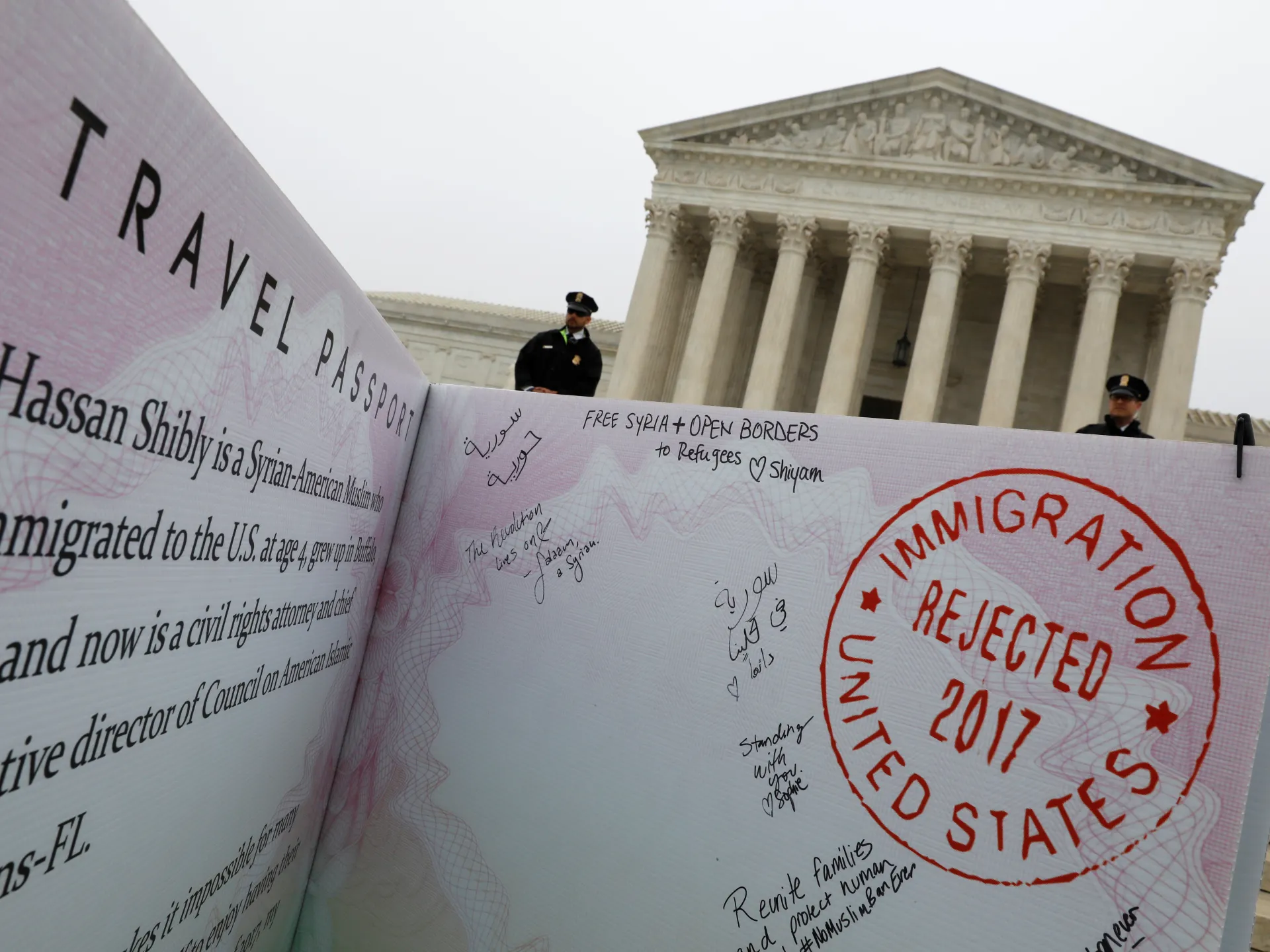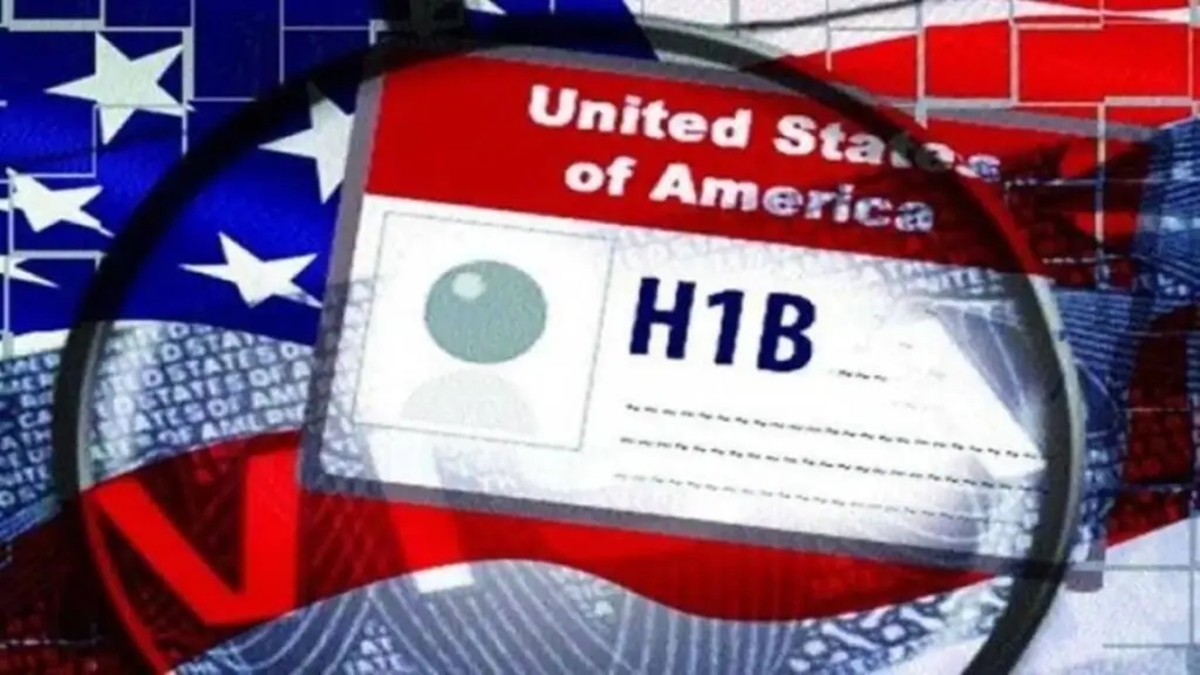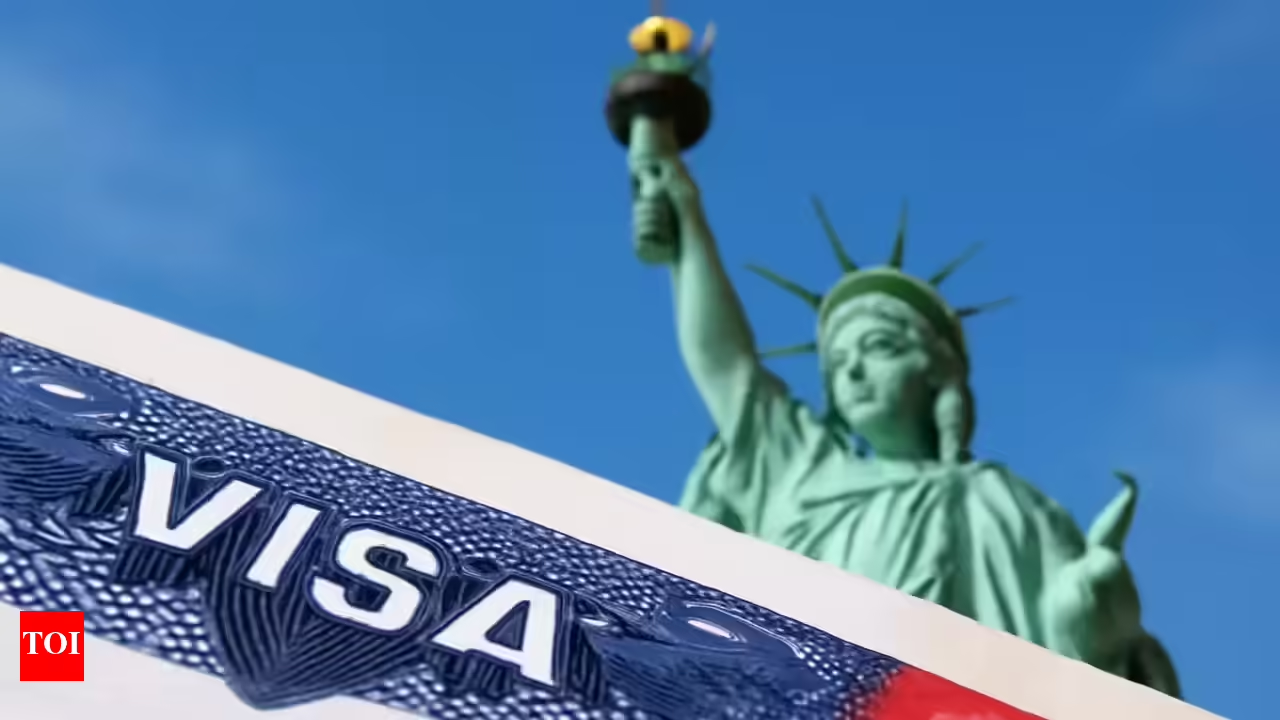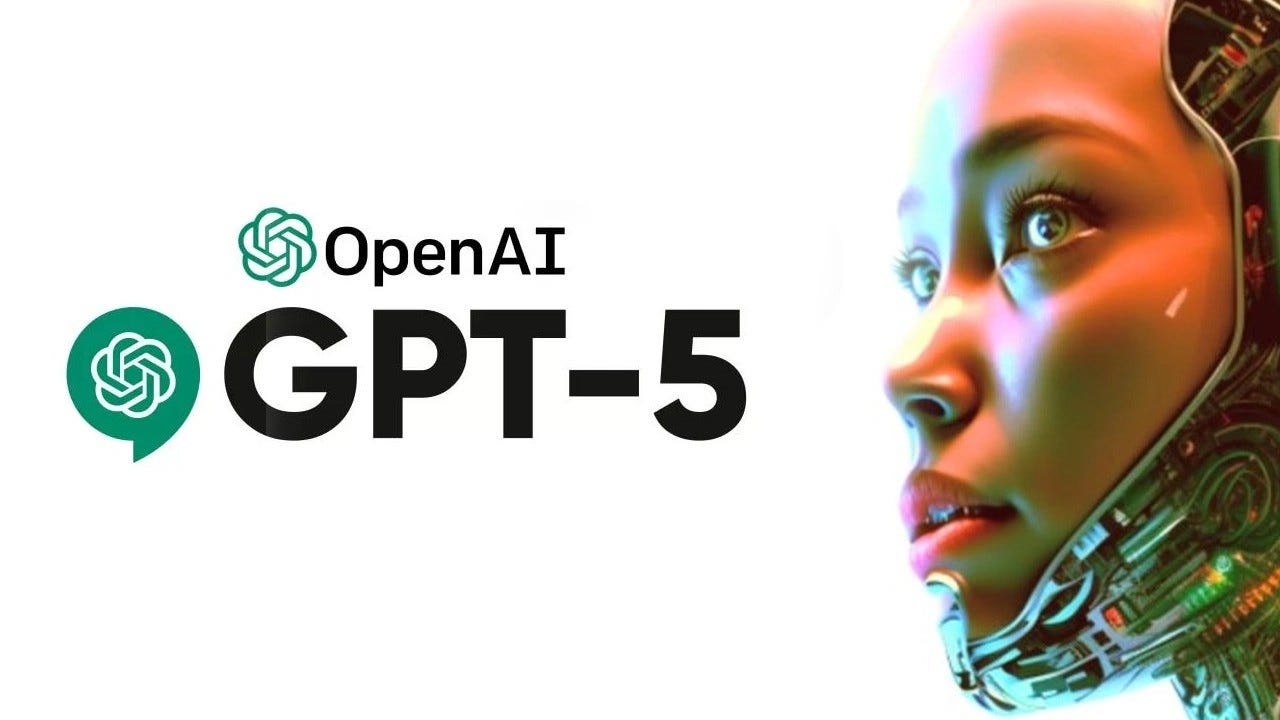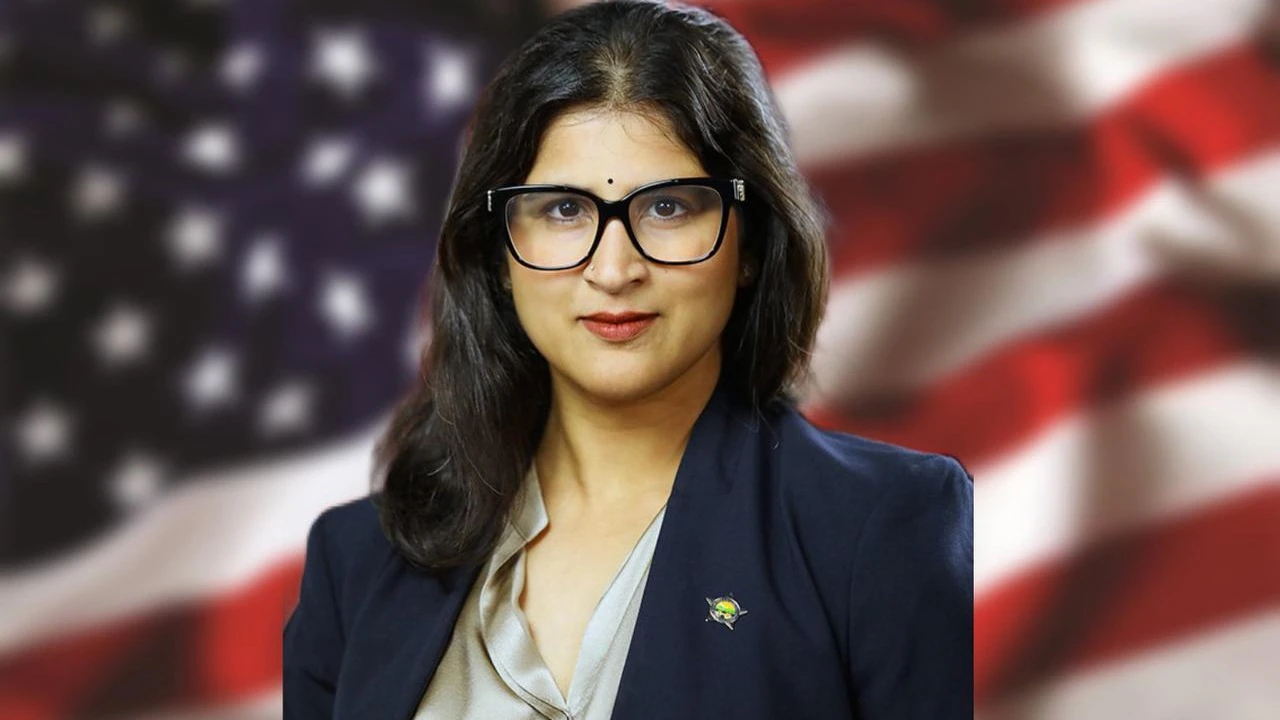
In recent times, a significant debate has emerged around Mathura Sridharan, an accomplished lawyer of Indian origin holding the distinguished position of Ohio Solicitor General. Her appointment to such a high-profile legal post not only signifies her professional achievements but also underscores the growing influence of Indian-origin professionals in the United States. However, her recent appearance wearIng a traditional bindi has sparked a wave of online trolling and cultural debates, revealing enduring stereotypes and misunderstandings surrounding Indian customs and attire.
Who is Mathura Sridharan? An Overview of Her Career and Achievements
Mathura Sridharan is an eminent lawyer who recently made headlines for being appointed as Ohio’s Solicitor General, a critical role responsible for representing the state in legal matters and shaping legal policies. Her journey from India to the United States is a testament to her dedication, intellectual prowess, and the pursuit of excellence in law. She holds an impressive academic background, with degrees from prestigious institutions, and has built a reputation for her expertise in constitutional law, civil rights, and public policy.
Her appointment to this top legal position is a source of pride for many in the Indian-American community, embodying the significant strides pursued by immigrants in contributing to American society’s multifaceted fabric. Sridharan’s professional journey is marked by her leadership roles, advocacy work, and her commitment to justice — qualities that earned her this esteemed post.
The Bindi – A Cultural Heritage or an Object of Mockery?
The controversy surrounding Mathura Sridharan’s choice to wear a bindi at her official functions unveils many underlying issues about cultural identity and societal perceptions. In Indian tradition, a bindi is more than just a decorative accessory; it carries spiritual, cultural, and social meanings. It often symbolizes marital status, religious allegiance, or simply acts as an expression of cultural pride.
However, when Sridharan appeared sporting the bindi, the response from certain online groups was somewhat derogatory, resulting in widespread trolling. Critics questioned her appearance, focusing on her attire and accentuating racial or cultural stereotypes. Some went as far as to question her patriotism, her professionalism, or her suitability for such a senior role, based solely on her wearing a traditional bindi.
The Nature of the Online Backlash
- Mockery and Ridicule: Many social media users mocked her appearance, making insensitive comments about her choice of attire, attempting to diminish her professional stature based on her ethnicity or cultural expression.
- Racial undertones: Some negative comments were laced with racial undertones, highlighting a lack of acceptance for cultural diversity in professional settings.
- Defensive voices: Conversely, many criticized the trolls, stating that dismissing an individual’s cultural expression is discriminatory and unprofessional.
The responses highlight a broader societal issue: the tendency to scrutinize and sometimes deride cultural symbols that stand out from the mainstream. The bindi, in such cases, becomes a symbol of identity that is challenged unnecessarily, revealing prevalent prejudices and stereotypes that still persist globally.
The Broader Context: Diversity, Identity, and Acceptance
This controversy is not just about a piece of ornament or the choice of attire; it is part of an ongoing dialogue about cultural diversity and inclusion. Countries like the United States, with their multicultural fabric, are increasingly viewed as melting pots where individual identity is celebrated. Yet, incidents like this remind us that societal acceptance is a process that still faces hurdles.
The case of Mathura Sridharan is indicative of how immigrant success stories often become intertwined with their cultural practices. Her wearing a bindi is a natural expression of her identity, and her professional accomplishments exemplify the positive contributions of Indian-origin professionals abroad.
In response to the trolling, supporters have emphasized that such symbols should be viewed with respect and understanding. They argue that dismissing someone based on their cultural attire not only undermines the individual’s dignity but also hampers societal progress toward mutual respect.
Implications for the Indian-American Community
This incident has resonated deeply within the Indian-American and broader South Asian communities. It serves as a reminder that even as individuals break barriers, they are often still subjected to cultural stereotypes. The controversy underscores the importance of presenting a unified front of acceptance and advocating for diversity as a strength.
Moreover, Sridharan’s situation highlights the need for education on cultural symbols and their significance. Many of the trolls lack understanding of the bindi’s cultural roots, which leads to unnecessary mockery and misinterpretation.
Positive Outcomes and Moving Forward
- Raising Awareness: Incidents like these foster conversations about cultural sensitivities and the importance of respecting individual choices.
- Strengthening Cultural Pride: There is an increased emphasis within communities on celebrating cultural heritage, especially among younger generations seeking to retain their roots while integrating into wider society.
- Advocacy for Inclusion: Leaders and public figures are encouraged to use their platforms to promote understanding and combat misinformation or stereotypes.
Conclusion: Embracing Diversity with Respect
The controversy surrounding Mathura Sridharan’s bindi incident exemplifies the challenges faced by individuals of diverse backgrounds in prominent professional roles within Western societies. It underscores a vital lesson: that cultural symbols and expressions are integral parts of personal identity and deserve respect.
Success stories like Sridharan’s challenge stereotypes and pave the way for more inclusive narratives. While social media can often be a battleground for intolerance, it also provides a platform for education, acceptance, and celebration of diversity.
As societies evolve, embracing and respecting cultural differences must become a collective goal. Her experiences serve as a reminder that true progress lies in fostering understanding rather than division.
For more updated news please keep visiting Prime News World.


